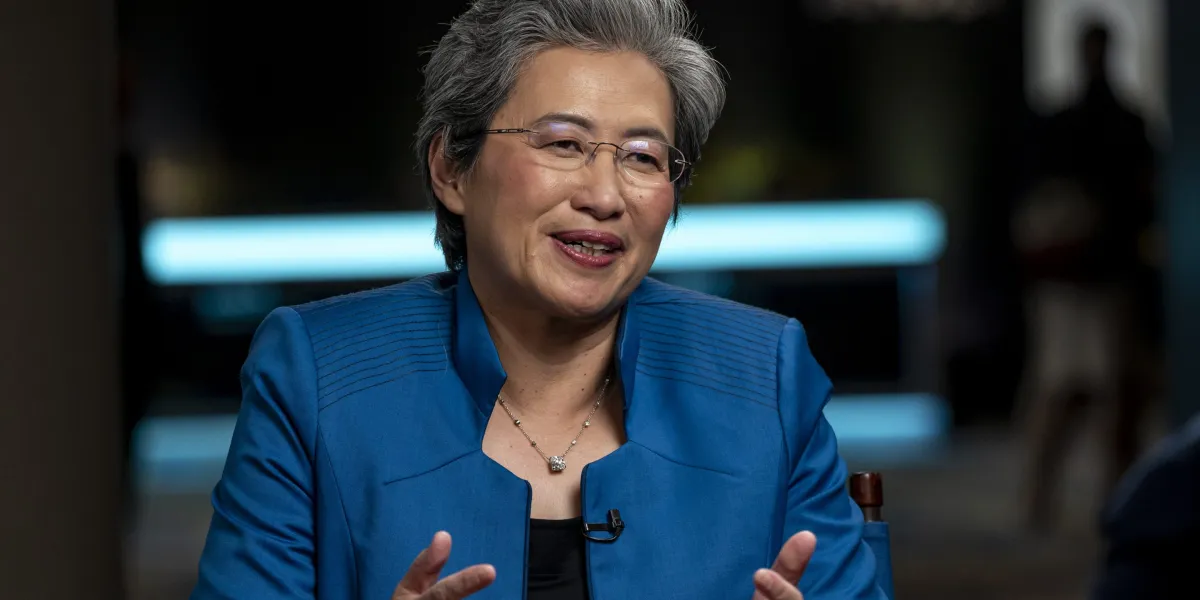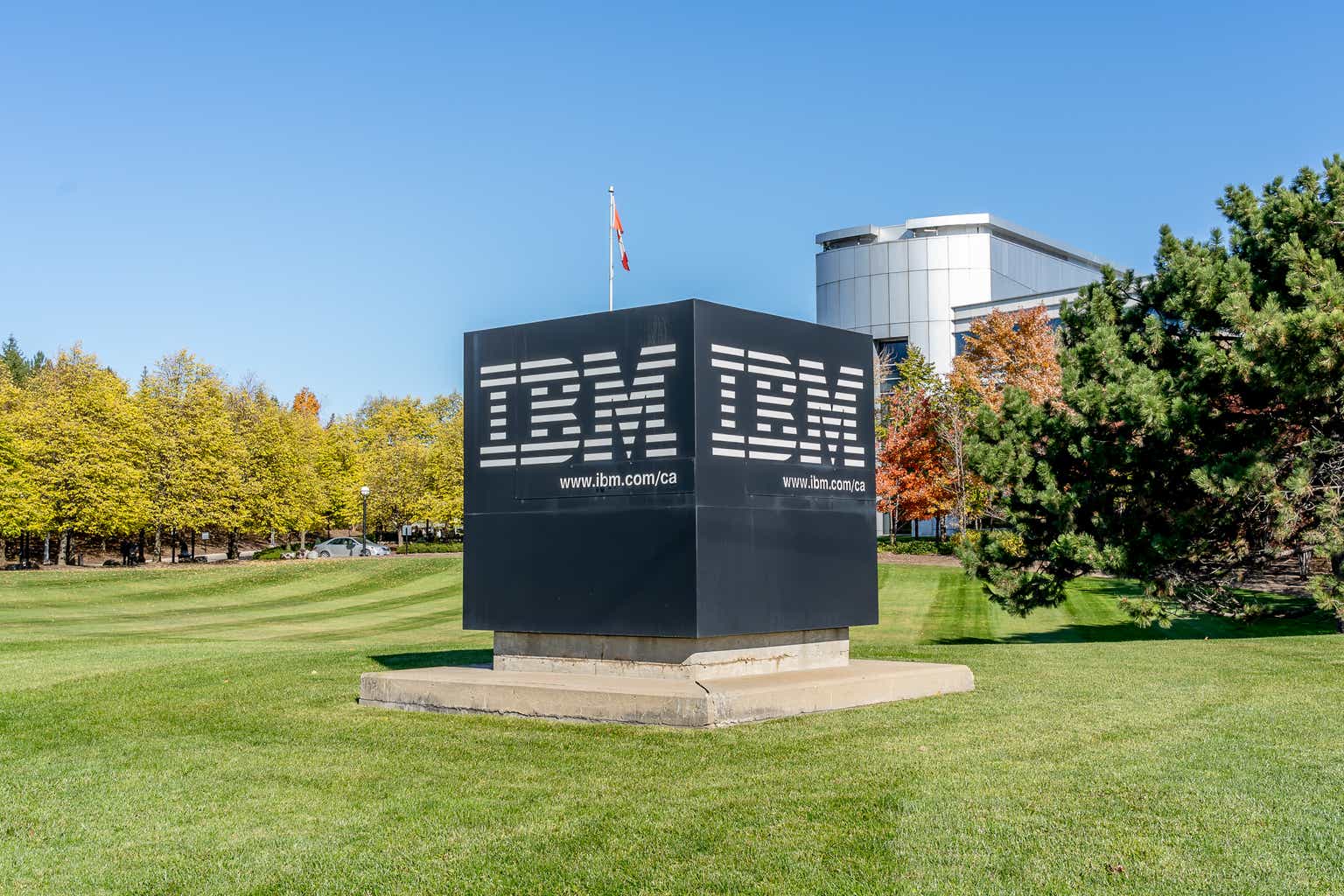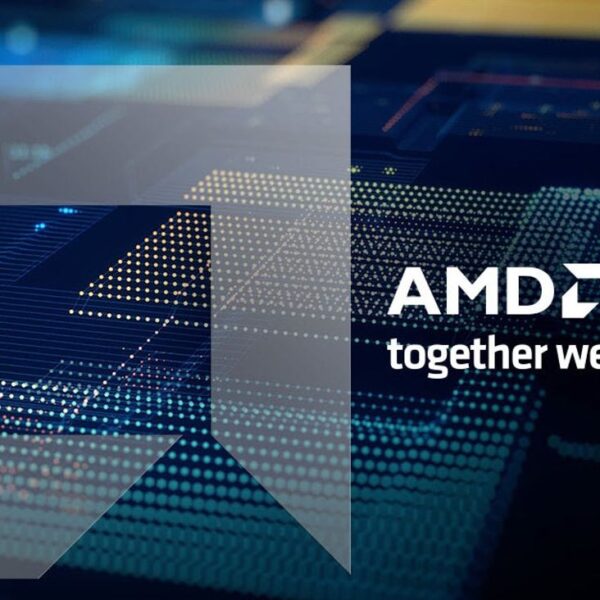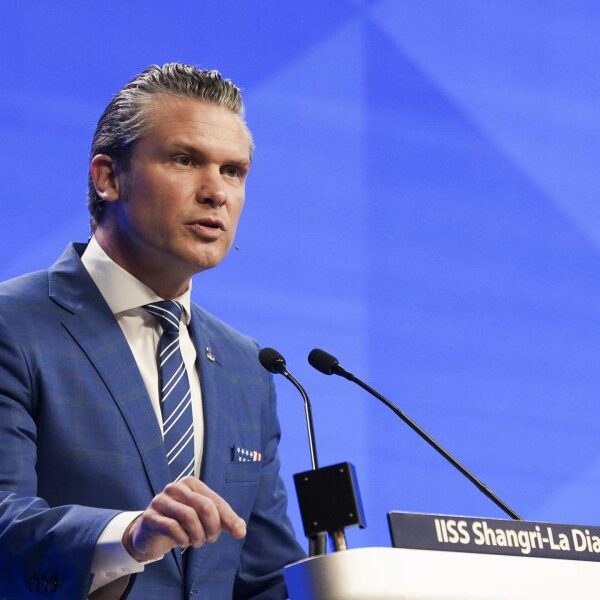
AMD announced a long-term partnership with OpenAI on Monday that will make it one of the startup’s key chip suppliers for training and running advanced AI models. The company’s stock jumped 28% in midday trading on the news of the multiyear deal, which could generate tens of billions of dollars in annual revenue for AMD over time and marks one of the largest AI infrastructure commitments that’s not based on processors by industry leader Nvidia.
The AMD deal arrived on the heels of OpenAI CEO Sam Altman’s Asia tour last week, during which OpenAI inked memory chip agreements with Samsung and SK Hynix and reportedly held discussions in Taiwan with TSMC, the world’s largest contract manufacturer of chips. The moves suggest OpenAI is aggressively diversifying its chip supply chain beyond Nvidia – a shift that could complicate OpenAI’s relationship with Nvidia, whose GPUs still power much of OpenAI’s training infrastructure.
Perhaps in consideration of that issue, Altman posted a statement on X that the AMD deal “is all incremental to our work with NVIDIA” and that OpenAI plans to increase its Nvidia purchasing over time. “The world needs much more compute,” he wrote.
Nvidia, which has been one of the biggest beneficiaries of the AI boom since ChatGPT debuted in November 2022, still dominates the market for “training” AI models—the compute-intensive process of teaching systems like ChatGPT from massive datasets. But “inference,” or running those models in real-world applications, can use a wider range of chips. AMD and Intel, as well as newer players such as Cerebras, SambaNova, and Groq, see an opening to win business and (no pun intended) chip away at Nvidia’s dominance.
As part of the agreement, OpenAI will use AMD’s next generation of AI GPU chips in massive data-center deployments starting in 2026. To strengthen the alliance, AMD also granted OpenAI a performance-based stock warrant that will vest as specific rollout milestones are met, which could give OpenAI up to a 10% stake in the company.
The deal underscores how Big Tech and leading AI developers are broadening their supply chains to reduce dependence on Nvidia, whose GPUs have so far dominated the market for AI chips.
“This is a major win for AMD and shows that it has been putting the right strategy in place to take advantage of the AI mega-wave with its advanced GPUs,” said infrastructure analyst Jack Gold in an emailed note. “Its also an endorsement that AMD has become competitive with NVIDIA processing power, as well as enhancing its software strategy to compete, much as it did in the data center market earlier against Intel.”
The deal also shows that OpenAI is looking to broaden its chip supply as it rapidly expands its data-center footprint, he explained. Nvidia’s most advanced GPUs remain in short supply, and demand is growing faster than production. By locking in access to AMD chips through this agreement, OpenAI can keep scaling its infrastructure without waiting on Nvidia’s bottlenecks.
There is also pricing leverage, he added: “If OpenAI has more than one supplier, they have much more pricing leverage on buying chips than if they had only a single supplier for those chips,” Gold said. “That could ultimately save them a great deal of money when it comes time to negotiate on pricing.”















